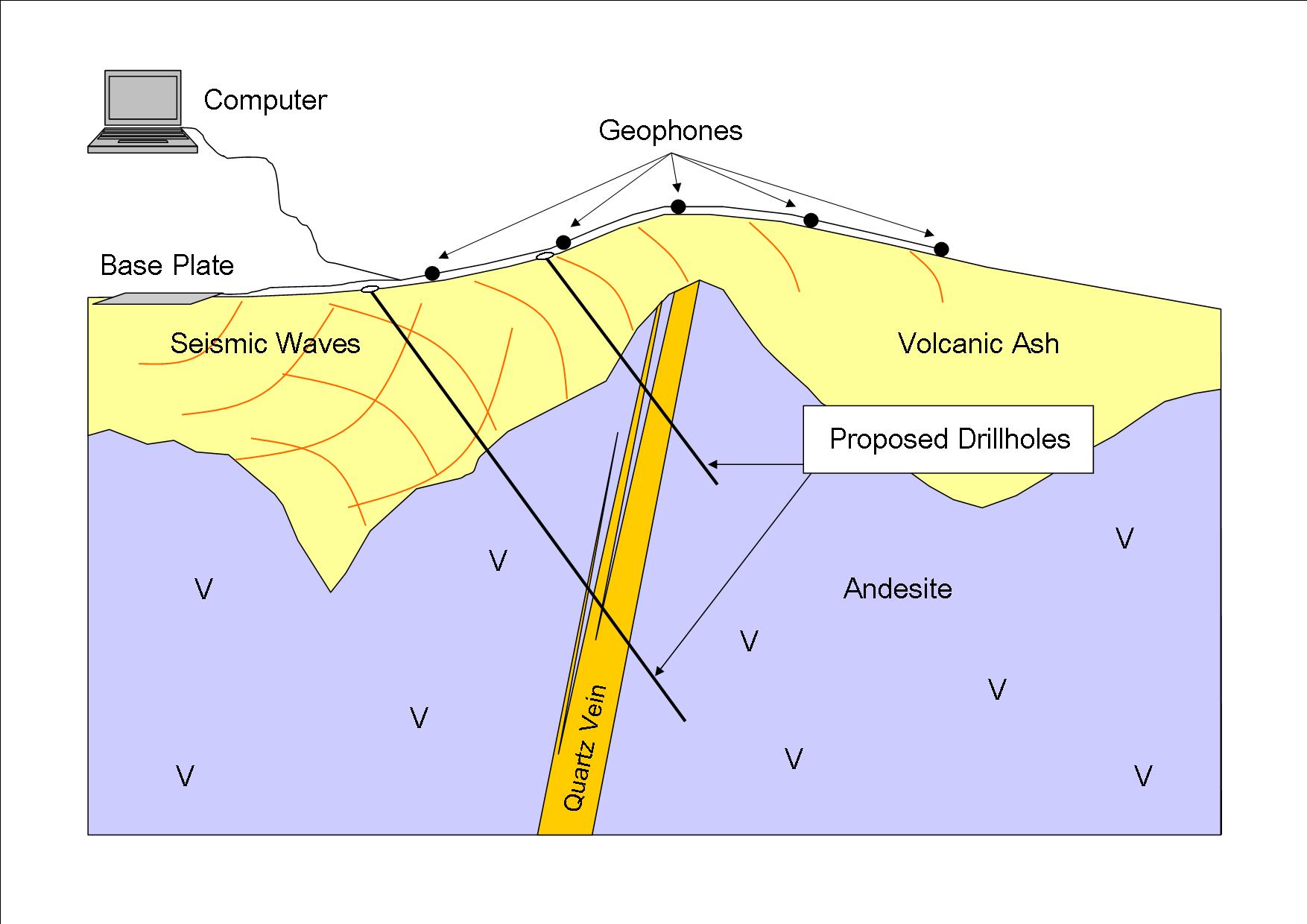All Categories
Featured
Table of Contents
Airborne Geophysical Surveys in Sinagra Australia 2020
Much of the image includes blank areas now with little or no radar response. The "courtyard" wall is still showing strongly, nevertheless, and there are continuing tips of a tough surface area in the SE corner. Time slice from 23 to 25ns. This last slice is now almost all blank, but a few of the walls are still showing highly.
How deep are these slices? The software application I have access to makes approximating the depth a little challenging. If, nevertheless, the leading three pieces represent the ploughsoil, which is probably about 30cm think, I would guess that each slice has to do with 10cm and we are just coming down about 80cm in overall.

Luckily for us, most of the sites we are interested in lie simply listed below the plough zone, so it'll do! How does this compare to the other methods? Comparison of the Earth Resistance data (top left), the magnetometry (bottom left), the 1517ns time piece (top right) and the 1921ns time slice (bottom left).
Geophysical Survey Techniques And Methods in Ocean Reef Aus 2021
Magnetometry, as gone over above, is a passive technique determining regional variations in magnetism versus a localised no worth. Magnetic susceptibility study is an active technique: it is a procedure of how magnetic a sample of sediment could be in the presence of an electromagnetic field. How much soil is checked depends upon the size of the test coil: it can be really small or it can be relatively large.
The sensor in this case is extremely little and samples a small sample of soil. The Bartington magnetic vulnerability meter with a big "field coil" in use at Verulamium throughout the course in 2013. Top soil will be magnetically improved compared to subsoils merely due to natural oxidation and reduction.
By measuring magnetic vulnerability at a relatively coarse scale, we can identify areas of human occupation and middens. We do not have access to a trustworthy mag sus meter, however Jarrod Burks (who assisted teach at the course in 2013) has some excellent examples. One of which is the Wildcat website in Ohio.
43 Cfr § 3836.13 - What Are Geological, Geochemical, Or ... in Kingsley Western Australia 2020
These towns are typically set out around a central open area or plaza, such as this rebuilt example at Sunwatch, Dayton, Ohio. Sunwatch Village, Dayton, Ohio (image: Jarrod Burks). At the Wildcat website, the magnetometer survey had actually found a variety of features and houses. The magnetic susceptibility survey helped, nevertheless, define the primary location of occupation and midden which surrounded the more open location.
Jarrod Burks' magnetic susceptibility survey arises from the Wildcat site, Ohio. Red is high, blue is low. The method is therefore of great use in defining locations of general profession instead of identifying specific features.
Geophysical surveying is a used branch of geophysics, which utilizes seismic, gravitational, magnetic, electrical and electromagnetic physical approaches at the Earth's surface area to determine the physical residential or commercial properties of the subsurface - Airborne Geophysical Measurements in Mosman Park Aus 2023. Geophysical surveying approaches generally determine these geophysical residential or commercial properties together with anomalies in order to assess numerous subsurface conditions such as the presence of groundwater, bedrock, minerals, oil and gas, geothermal resources, voids and cavities, and a lot more.
Latest Posts
What Should I Do To Be A Geophysicist? in Subiaco WA 2022
Geophysicist - Jobs And Skills Wa in Midland Western Australia 2023
Career Guide: Geophysicist in Tapping Aus 2022